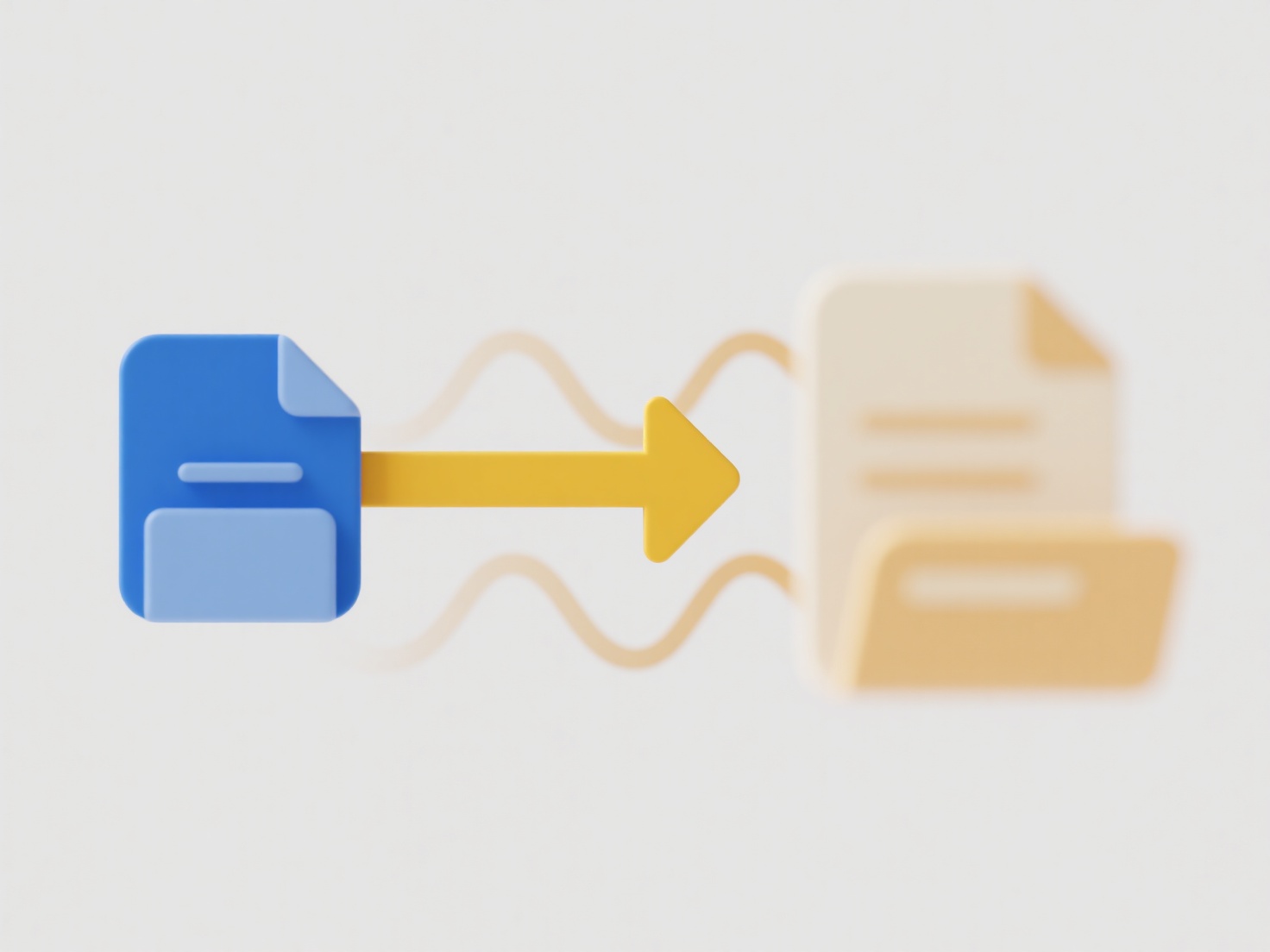
To ensure cross-platform compatibility for file names, create platform-agnostic names avoiding characters and practices specific to any single operating system. This means avoiding reserved characters like \ / : * ? " < > | and spaces, which can cause errors or misinterpretation on Windows, macOS, Linux, or web platforms. Stick to letters, numbers, hyphens -, underscores _, and periods (mainly for extensions). Avoid using system-reserved words like "CON" or "NUL" entirely.

For example, a name like project_final-report_v2.pdf works universally, whereas Project: "Final Report" (v2).pdf may fail on Windows due to spaces and special characters. Web development frequently relies on such safe naming for assets like logo-dark-blue.svg to display correctly on any server or browser. Shared documents in cloud drives or Git repositories also benefit when collaborators use different OSs.
This approach guarantees files open correctly anywhere, preventing workflow interruptions. However, it limits expressiveness, requiring restraint in naming conventions. While simplicity aids accessibility and future-proofing against evolving platforms, the main limitation is reduced descriptiveness. Cloud storage and collaborative tools increasingly normalize file handling, making compatible naming easier to adopt.
How do I make file names work across multiple platforms and apps?
To ensure cross-platform compatibility for file names, create platform-agnostic names avoiding characters and practices specific to any single operating system. This means avoiding reserved characters like \ / : * ? " < > | and spaces, which can cause errors or misinterpretation on Windows, macOS, Linux, or web platforms. Stick to letters, numbers, hyphens -, underscores _, and periods (mainly for extensions). Avoid using system-reserved words like "CON" or "NUL" entirely.

For example, a name like project_final-report_v2.pdf works universally, whereas Project: "Final Report" (v2).pdf may fail on Windows due to spaces and special characters. Web development frequently relies on such safe naming for assets like logo-dark-blue.svg to display correctly on any server or browser. Shared documents in cloud drives or Git repositories also benefit when collaborators use different OSs.
This approach guarantees files open correctly anywhere, preventing workflow interruptions. However, it limits expressiveness, requiring restraint in naming conventions. While simplicity aids accessibility and future-proofing against evolving platforms, the main limitation is reduced descriptiveness. Cloud storage and collaborative tools increasingly normalize file handling, making compatible naming easier to adopt.
Quick Article Links
Can I automatically add numbering to a group of files?
Automatically adding sequential numbering to multiple files involves using software tools or commands to systematically ...
Are file extensions case-sensitive?
File extensions are the suffixes at the end of filenames (like `.txt`, `.jpg`, `.PDF`) indicating the file type. Their c...
What are .swp files in Linux?
SWP files are temporary hidden files created by Vim or Neovim text editors when you modify a file. These files act as a ...